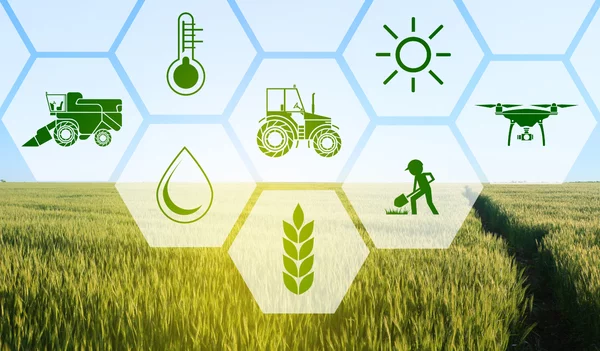Flat No.3, E-Building, Suyog Nagar, Janwadi, Pune - 411016
cognitosolutionspune@gmail.com
+91 8329175080
Agricultural Automation
- Home
- Agricultural Automation
Agricultural Automation
Today’s agricultural automation lies at the end of a long evolution of mechanization throughout the history of agriculture. The Food and Agriculture Organization of the United Nations (FAO) defines mechanization as the use of all means of machinery and equipment, from simple and basic hand tools to more sophisticated and motorized machinery, in agricultural operations. With mechanization, therefore, only the performing part of agricultural work is automated, and the degree of automation increases as we move from basic hand tools towards motorized machinery.
Why is Agriculture Automation Important?
Very few industries in modern society face the number of challenges seen in the agriculture sector. Many external forces wreak havoc on the farm business, and all are completely out of the business owner’s control. Weather, drought, pests, and disease constantly hammer agriculture. They augment the standard risks any business faces and put significant pressure on historically thin profit margins. Add to this the current stagnation in the available workforce, which was significantly amplified by the COVID-19 pandemic, and you have a menu of challenges that seem almost impossible.
“A farmer plants a number of seeds and needs to yield “x” number of crops to earn enough to make the business viable,” says Apicella. “The next phase is how to become more efficient and produce a higher yield on the same land,” adding that this is similar to a manufacturer trying to produce more parts using the same manufacturing line. “How do you increase your yield, harvest more, reduce waste, and become a better producer? While each type of farm would be asking the same questions, the answers will change depending on what type of agriculture is being conducted,” she says. “Regardless of the operation, we are seeing lots of these trigger points related to scalability and efficiency with agricultural owners.”
Benefits of agriculture automation
One agrobot can change the future. Smart farm automation technology has great potential to be tremendously impactful. The solution to numerous global problems and the creation of eco-friendly approaches lies in this field of technology.
- The agriculture industry meets consumers’ demands.
We have mentioned that consumer demands and their preferences are changing. We all want food to be fresh and be quickly delivered to shops and markets. Agrobots allow farmers to save time and money.
- The labor shortage in the industry is decreasing.
Labor in some farming branches can take up to 50% of the overall cost. The labor shortage makes this situation even more dramatic. Using robots for seeding, harvesting, watering, and monitoring decreases the need to hire employees for numerous monotonous tasks.
- Agriculture is becoming more eco-friendly.
The usage of pesticides frightens lots of people, that is why agriculture is gaining a infamous reputation. Robots are shifting the rules of the game towards an environmentally-friendly approach: they can add pesticides with great precision, which is almost impossible when done by an actual human.

Cognito Solutions
- Flat No.3, E-Building, Suyog Nagar, Infront of BSNL Staff Quarters, Janwadi, Pune - 411016
- +91 8329175080
- cognitosolutionspune@gmail.com
